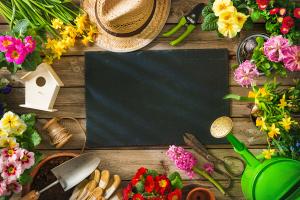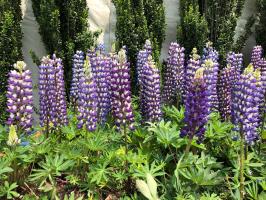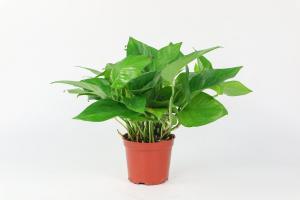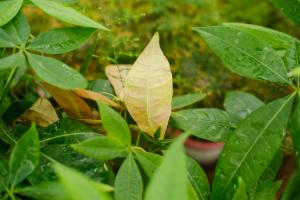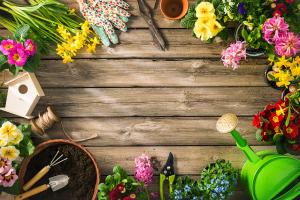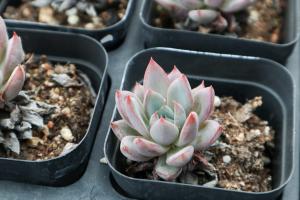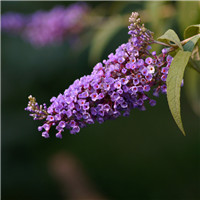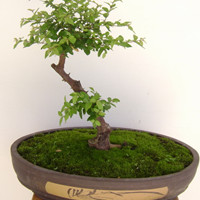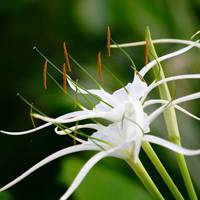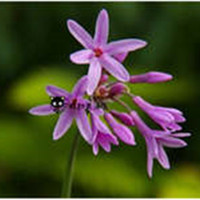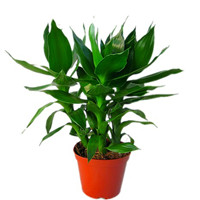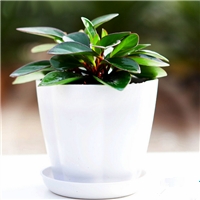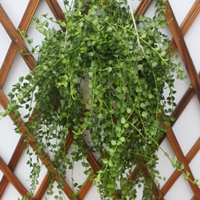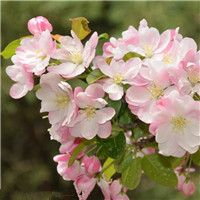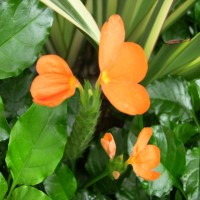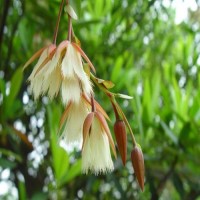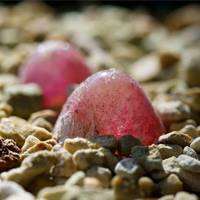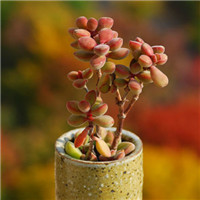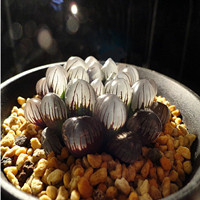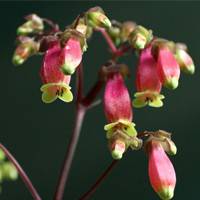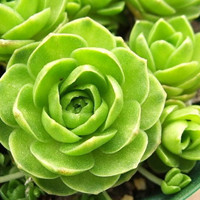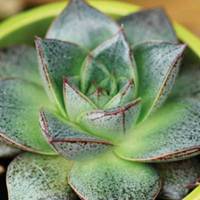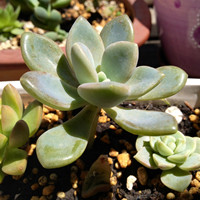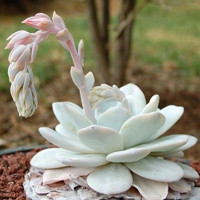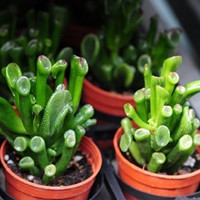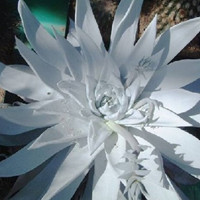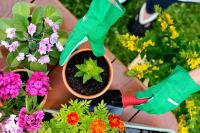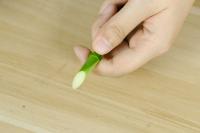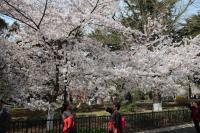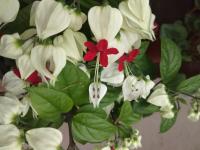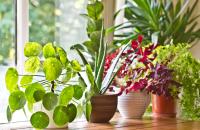Transplanting time of Echinacea
Generally, the seedlings can be transplanted when they grow to about 10 cm
Preparation of Echinacea before transplanting
Before transplanting Echinacea, we should prepare and fertilize the land, and apply 2500-3000 kg of rotten chicken manure, cow manure and cage fertilizer per mu
Before transplanting, the seedlings should be sterilized to reduce and avoid the spread of bacteria after transplanting. Usually, on the day before transplanting, spray 600 times of 75% chlorothalonil wettable powder once, and the seedlings can rise the next day
Loose and fertile mixed soil and culture soil shall be used for basin soil

Specific steps for transplanting Echinacea
When lifting the seedlings, the seedlings shall be dug out together with the roots and soil to minimize the damage to the roots of the seedlings, so as to improve the survival rate after transplanting
When planting, select the number of plants according to the size of the flowerpot, generally 3-5
Dig a small hole in the basin with a shovel, put the seedlings in and then straighten them, then fill them with the surrounding soil, compact the soil by hand, and then pour water once to ensure the survival of the seedlings
Management of Echinacea after transplanting
After transplanting, Echinacea needs to pick the heart once in the early stage of growth to promote branching
Don't water too much. Master the principle of seeing dry and seeing wet. Water it once every 10 days or so. When the air humidity is high in plum rain season, water should be controlled
Echinacea grows rapidly after transplanting. Nitrogen fertilizer should be supplemented in time. Generally, the first topdressing should be carried out 20 days after transplanting, and diluted liquid fertilizer should be used to promote growth. Fertilize once a week when flower buds are formed, and sprinkle clean water after each fertilization to prevent fertilizer from sticking to the plant
The cultivation is generally carried out in the greenhouse and placed in the sunny place with good ventilation. The minimum temperature shall not be lower than 10 ℃ and proper shading is required in summer
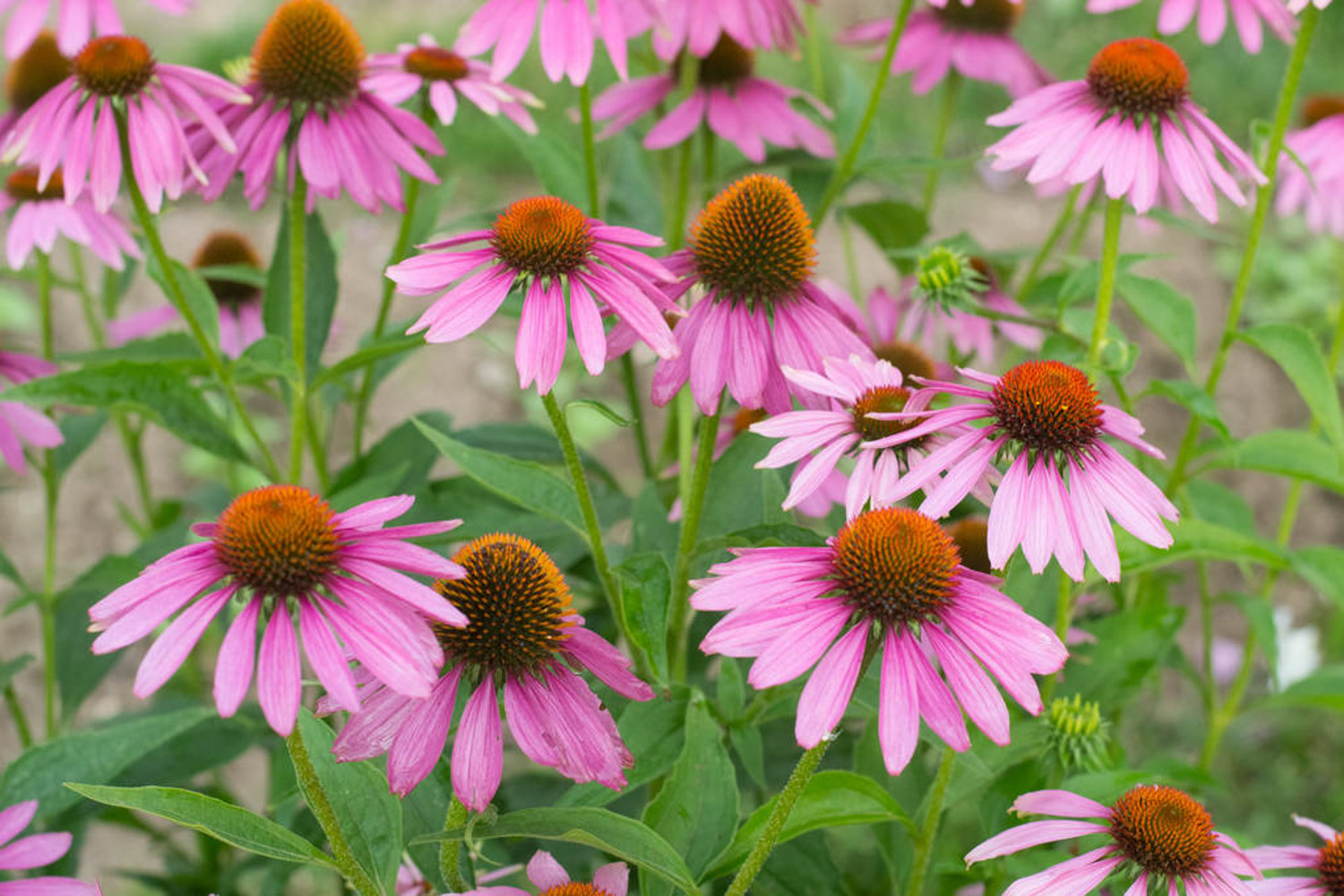

 how many times do yo...
how many times do yo...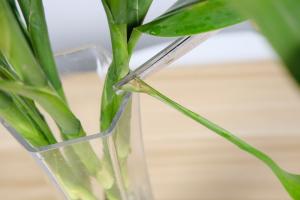 how many planted tre...
how many planted tre...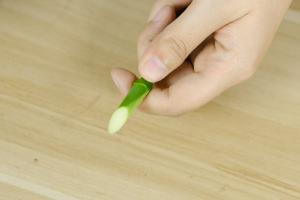 how many pine trees ...
how many pine trees ...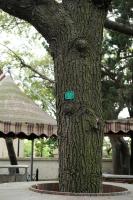 how many pecan trees...
how many pecan trees...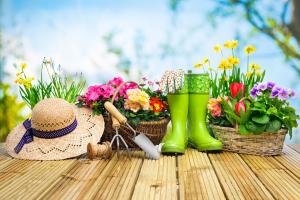 how many plants comp...
how many plants comp...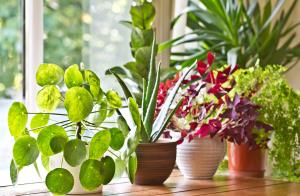 how many plants can ...
how many plants can ...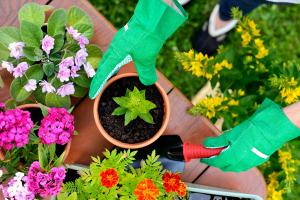 how many plants and ...
how many plants and ...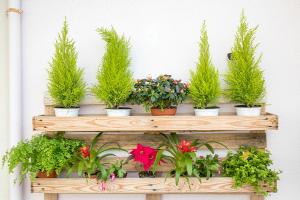 how many pepper plan...
how many pepper plan...